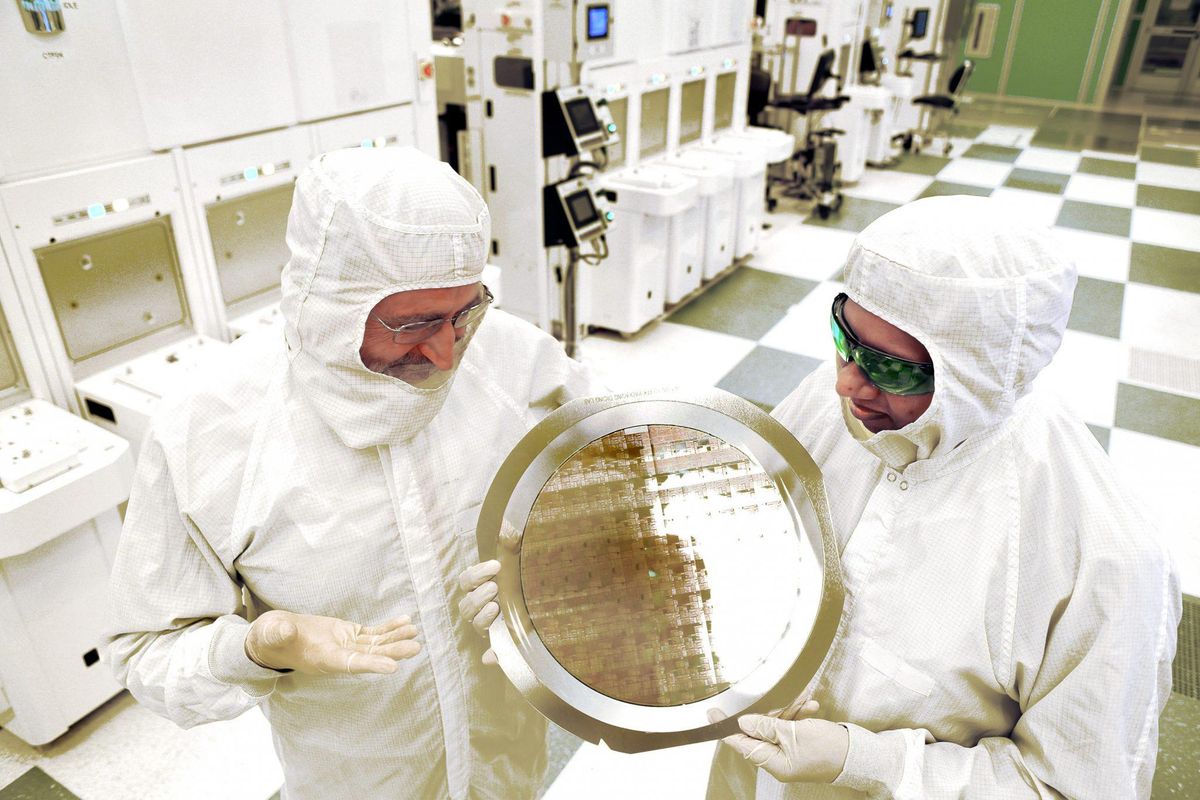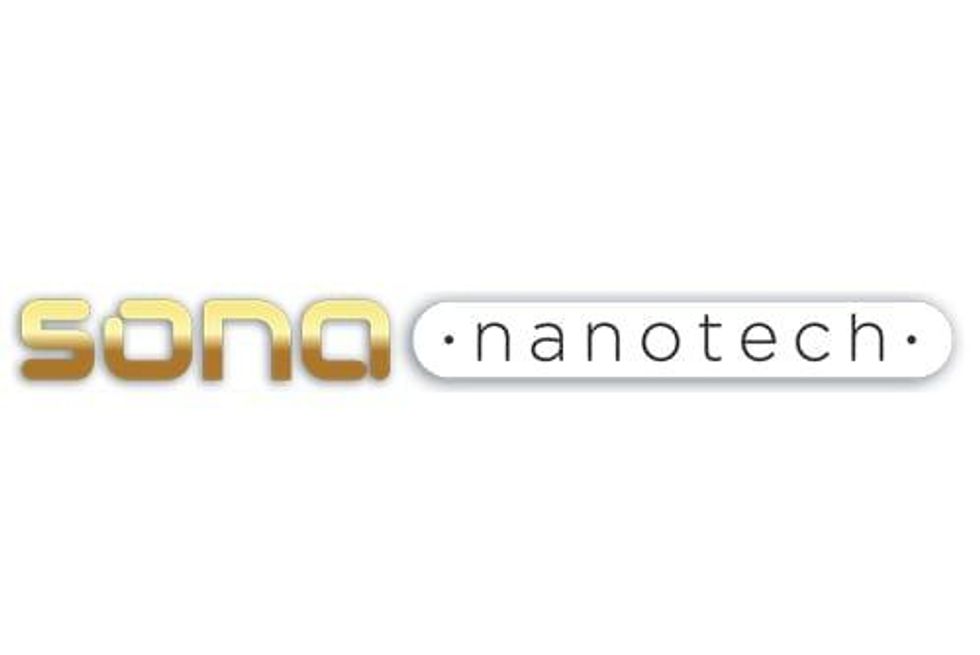IBM Working on Game-changing 7-nanometer Chip

Seven-nanometer transistors are the secret to the new chip, made possible with the use of silicon-germanium instead of pure silicon.
IBM (NYSE:IBM) has revealed that it is working on a new computer chip that has about four times the capacity of the most powerful chips available today. Seven-nanometer (7nm) transistors are the secret to the new chip, made possible with the use of silicon-germanium instead of pure silicon.
That means that roughly 20 billion tiny transistors could fit on a chip the size of a fingernail. IBM is working on the super-dense chip with GLOBALFOUNDRIES and Samsung Electronics (KRX:005930) at SUNY Polytechnic Institute’s Colleges of Nanoscale Science and Engineering.
IBM announced that it will spend $3 billion over five years on chip research and development in 2014, and its work on 7nm technology falls under that umbrella. The research group pioneered a number of novel approaches to semiconductor production in order to achieve its goals, including Extreme Ultraviolet lithography integration at multiple levels.
“For business and society to get the most out of tomorrow’s computers and devices, scaling to 7nm and beyond is essential,” Arvind Krishna, senior vice president and director of IBM Research, said in Thursday’s release. “That’s why IBM has remained committed to an aggressive basic research agenda that continually pushes the limits of semiconductor technology. Working with our partners, this milestone builds on decades of research that has set the pace for the microelectronics industry, and positions us to advance our leadership for years to come.”
Thursday’s announcement is an important one for the semiconductor industry for many reasons. For one, the industry hasn’t been keeping up with the pace of advancement predicted by Moore’s Law as of late (a doubling of transistor density each year). As The Wall Street Journal notes, Intel (NASDAQ:INTC) was six months behind schedule in coming out with its 14-nanometer production process, although analysts expect a 10-nanometer process to be rolled out in 2016.
“It gives confidence to an industry that needs a shot in the arm,” Richard Doherty, an analyst at Envisioneering Group, told the Journal. And while IBM’s technology has yet to be proven on a large scale, the developments could help pressure competitors and signal that the industry is capable of overcoming challenges.
IBM was up 0.42 percent, or $0.69, on Thursday, closing at $163.85 per share in New York.
Securities Disclosure: I, Teresa Matich, hold no direct investment interest in any company mentioned in this article.
